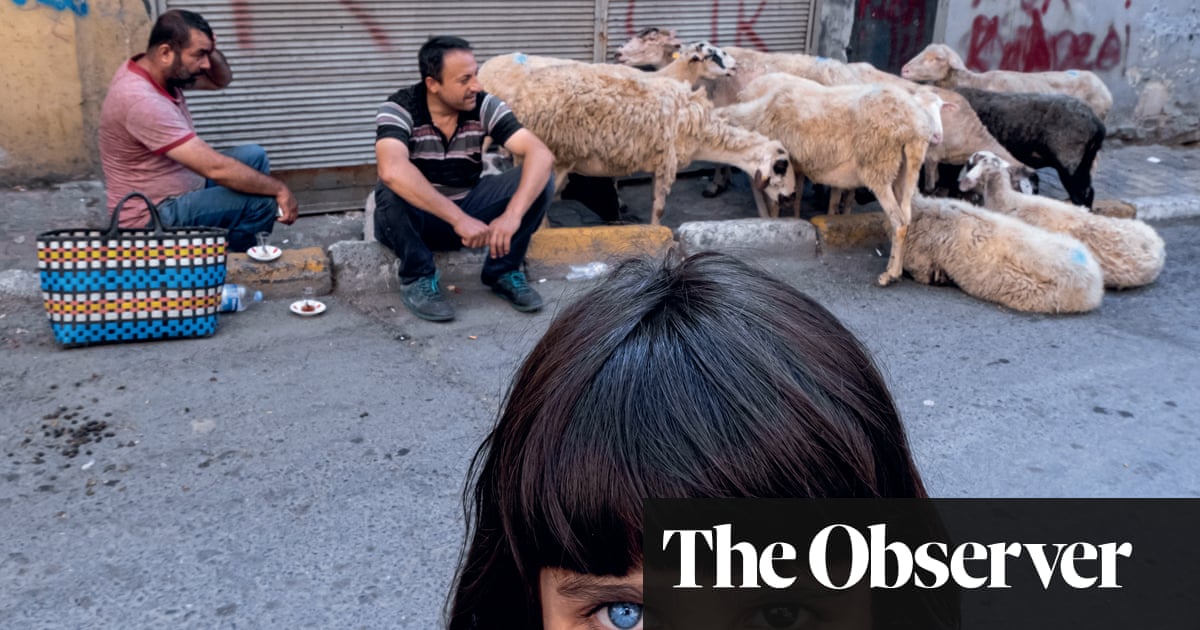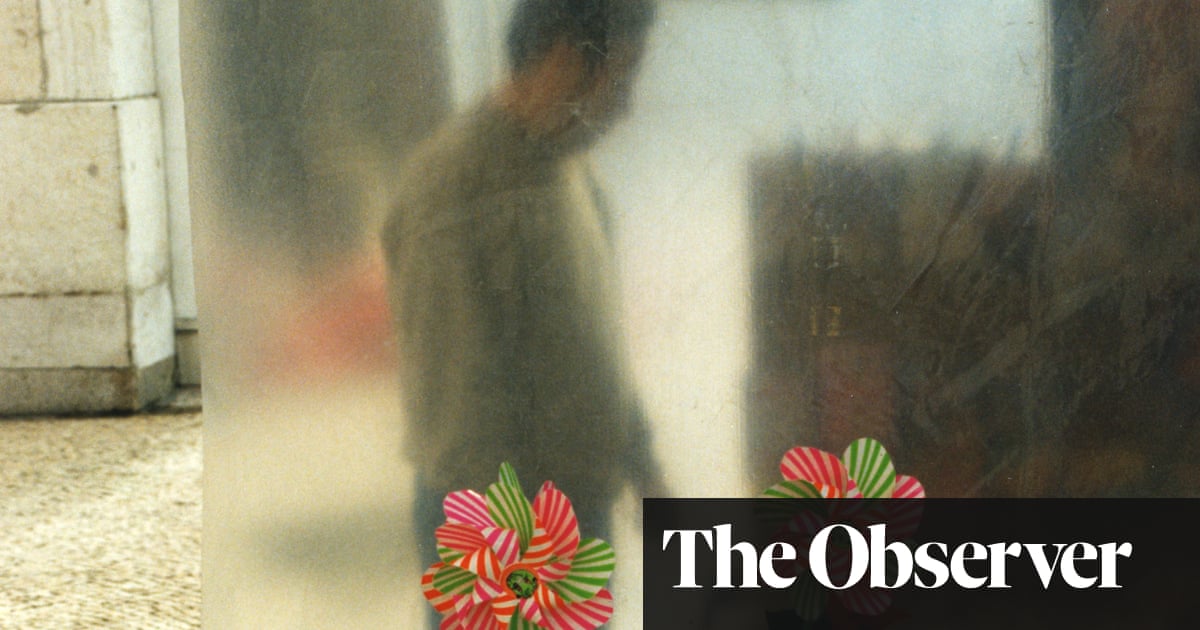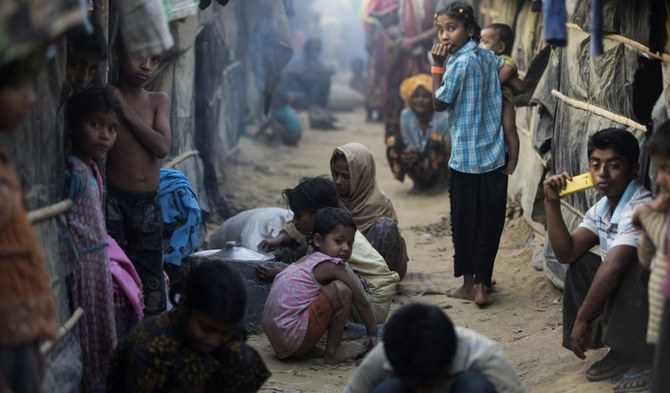
The American photojournalist Paula Bronstein took this picture of Rohingya refugees fleeing from Myanmar into Bangladesh in 2017. It is included in a retrospective exhibition of four decades of her photography at this year’s Visa pour l’Image exhibition in Perpignan, France. Bronstein covered the exodus of the Rohingya for the Intercept magazine as part of a report that detailed the systematic burning of Rohingya villages and the rape and murder of thousands of villagers. It was estimated that around 600,000 people crossed the border in a few days, taking refuge in makeshift camps in Bangladesh’s Cox’s Bazar district. The ones in this photo were among those who had walked for miles within Bangladesh, only to be ordered to stay in rice fields by border guards armed with bamboo whips.
Bronstein reported at the time that “it was outrageously inhuman. They made it to where they’d get water and biscuits from the World Food Programme and the authorities said: ‘No, we’re sorry, you have to go back into the field, the rice paddy.’ They were crying, especially the children: ‘These horrible Bangladeshi border guards are threatening to beat us, and we don’t know what is going on.’ They kept them for three days in muddy fields and then processed them. It was atrocious. Why they did this, I can’t get a straight answer.”
Bronstein has covered just about every mass human tragedy in recent years, with ongoing award-winning projects documenting the women and children who are victims of war in Afghanistan and Ukraine. About a million Rohingya Muslims remain stranded in the desperate camps near the border. They are banned from travel or work, and without any kind of adequate health system. The world’s attention has moved on from their plight, but the families pictured here no doubt remain as unmoored, seven long years on, as they were in this photograph.
Visa pour l’Image is in Perpignan from 31 August to 15 September












